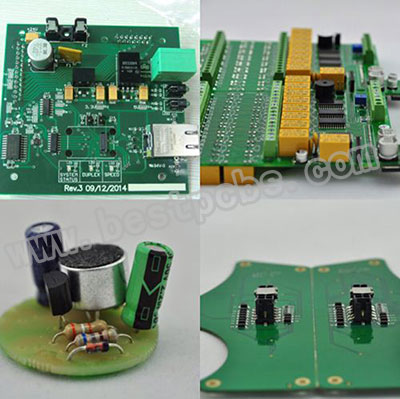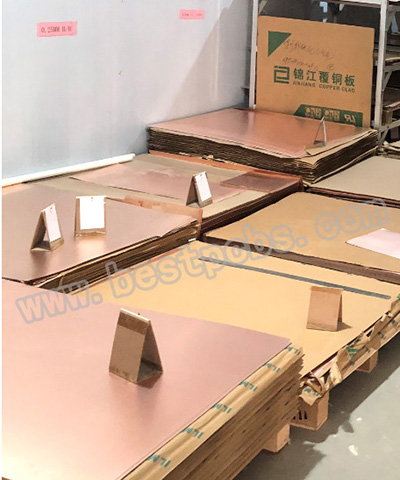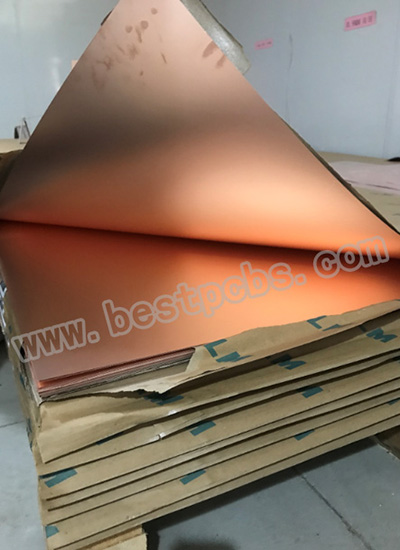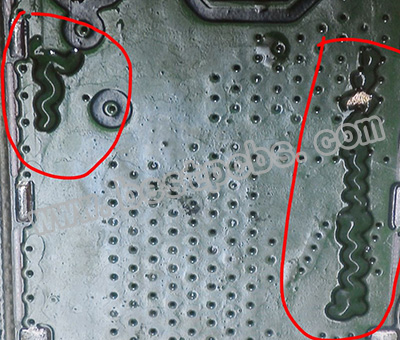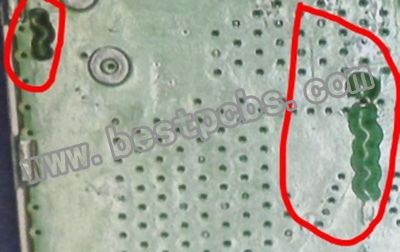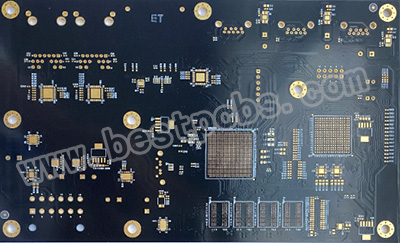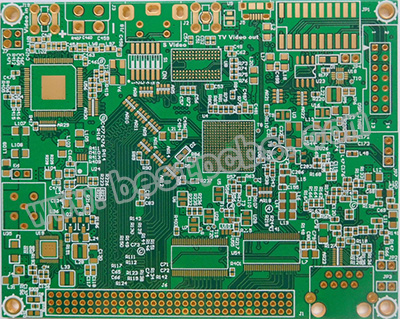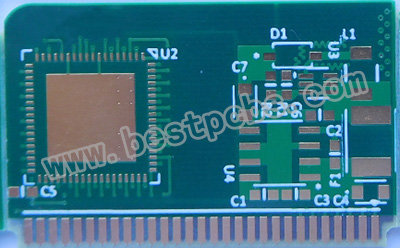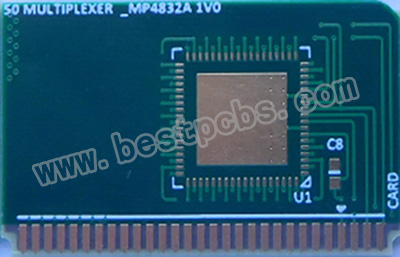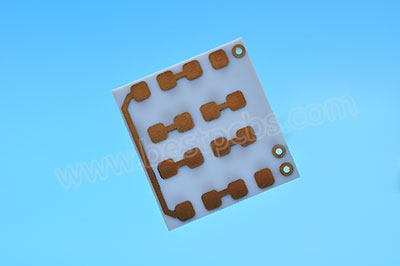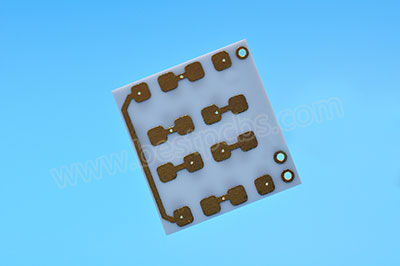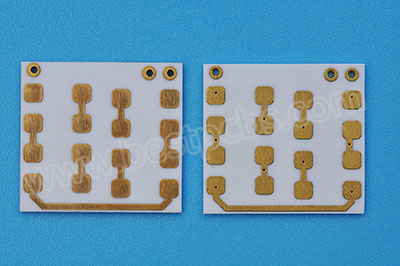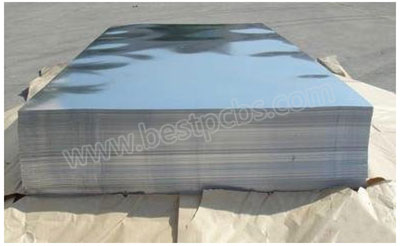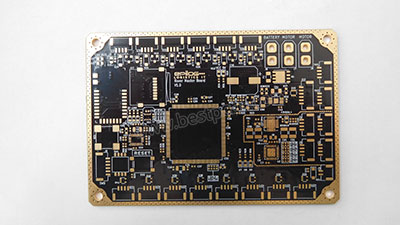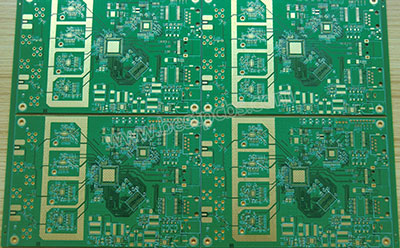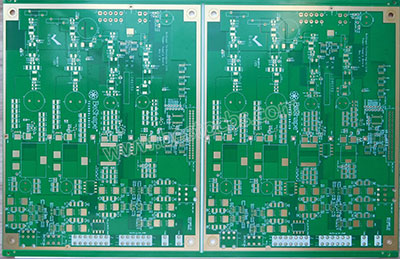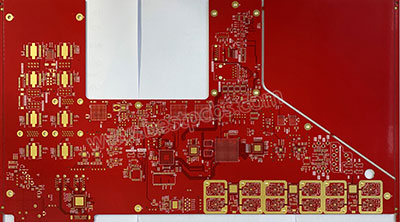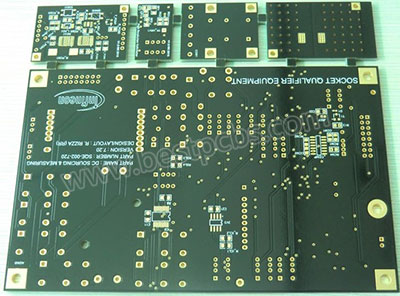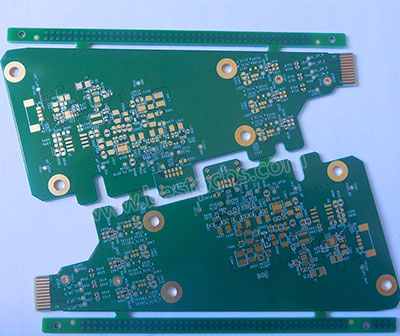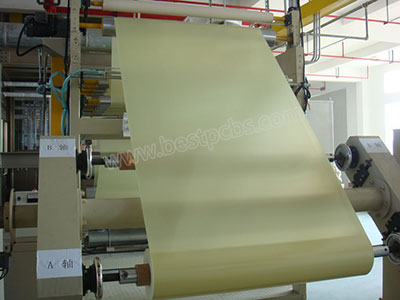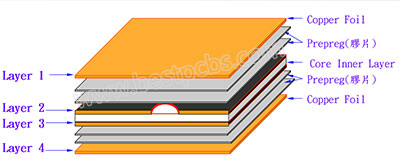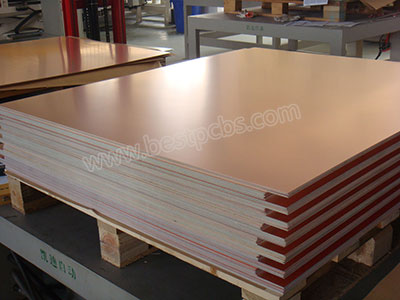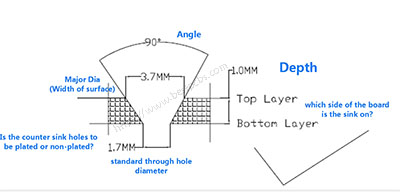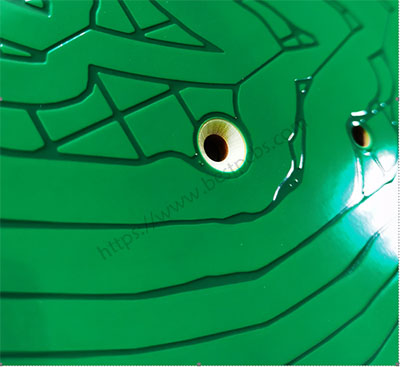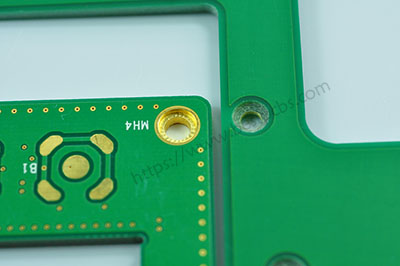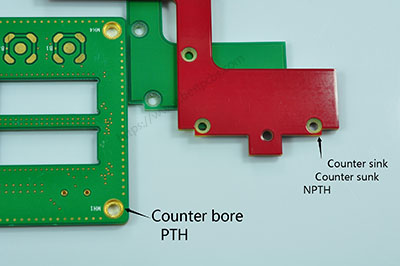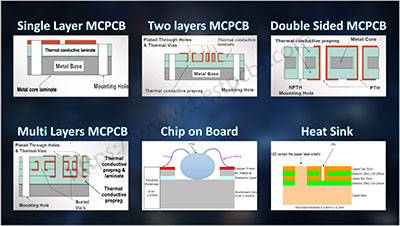In the Printed Circuit Board industry, believe that you are familiar with blind via and buried via. What is blind via and buried via for PCB? And do you know is the Blind via or Buried Via have special application in your Printed Circuit Board?
In order to know more, we would like to share more information with you today.
Best TechnologyÃÂ is an experienced FR4 PCB manufacturer in China since year 2006, with more than 15 years design and fabricate experience for PCB, Best TechnologyÃÂ accumulated more than 1000 customers from all over the world.
Before start, we need to know what kinds of hole for FR4 Circuit Board, Via, Blind Via and Buried Via.
What is a Via?
Vias are the copper-plated holes in the PCB that allows the layers to layer connection. The standard via is called a through-hole via, but there are several disadvantages to using through-hole vias in Surface Mount Technology (SMT). For this reason, we often use a blind via or buried via instead. A blind or buried via can be processed in a wide range of different measures, including plugged copper mask via, a plugged solder mask via, plated via or staggered via.

What is Blind Via?
The via connects the external layer to one or more inner layers of the PCB and is responsible for the interconnection between that top layer and the inner layers.

What is Buried Via?
For a buried via, is the inner HOLE, between both sides in the board up and down inside the layer after pressing is cannot see. So, it doesnââ¬â¢t have to take up the outer area.
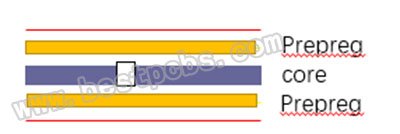
Blind and buried vias are particularly advantageous in HDI board because they optimize the density of the boards without increasing board size or the number of board layers you require. They are most commonly used in high-density PCB designs like, or in FPGA and custom chip packaging.Here is the photo which Best Technology took from our production line to make HDI Printed Circuit Board for our USA customer.
Best TechnologyÃÂ is a very professional manufacturer in printed circuit boardÃÂ and HDI Board. If you are interesting to know more information of us, come to contact us and we are looking forward to discuss with you more for Printed Circuit Board.



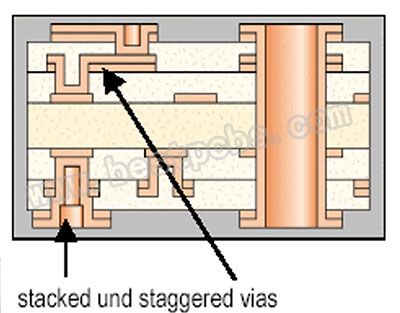
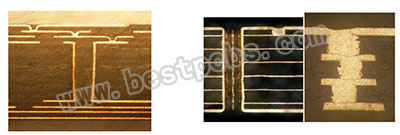
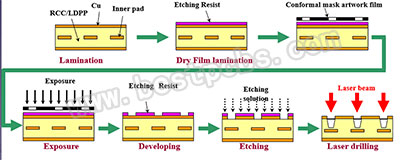
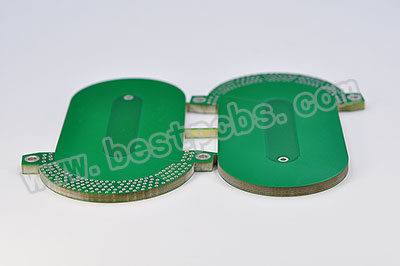
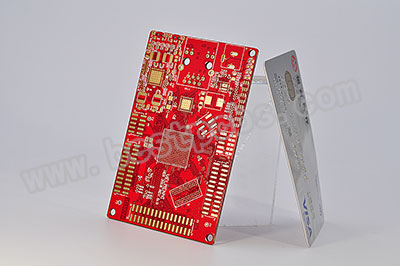
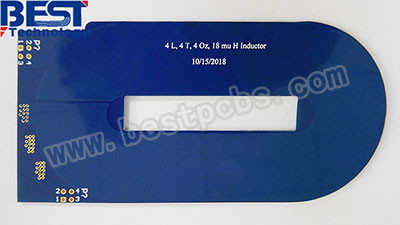
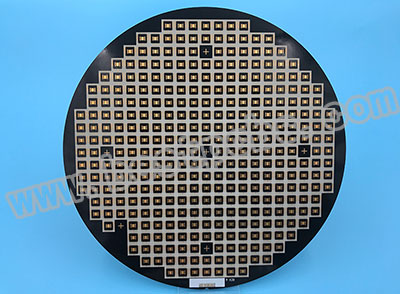
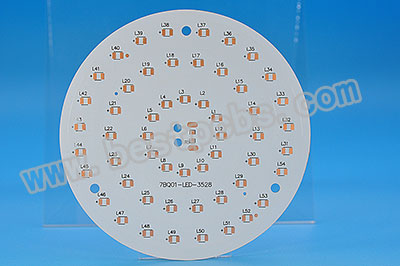
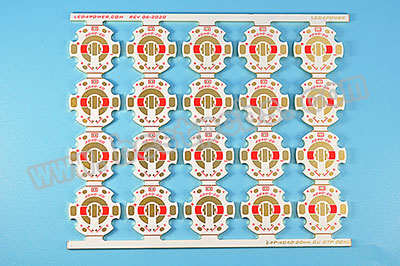
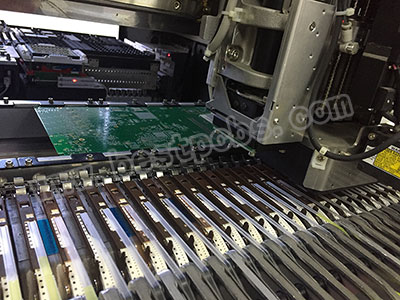
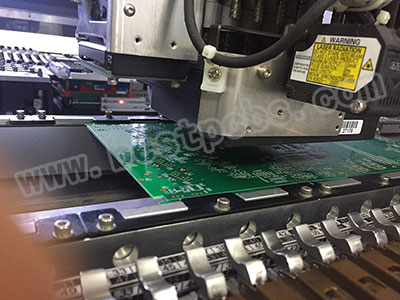
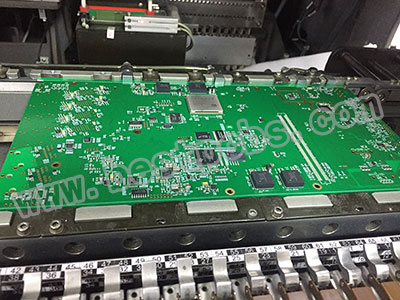
-s.jpg)
